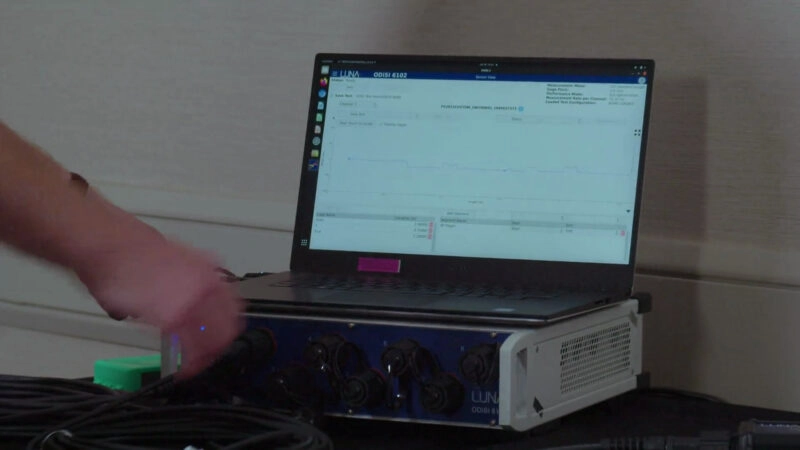Charting the Future of Automotive Lidar: Innovations in FMCW Technology
In this interview, Chuck Smith engages with Martin Reese, shedding light on a compelling case study involving automotive lidar technology. Martin, the Director of Sales for the RIO Laser Division at Luna Innovations, offers a deep dive into the intricacies of the case study, focusing on the integration of FMCW (Frequency-Modulated Continuous Wave) lidar into the automotive sector.
Martin starts by succinctly introducing lidar technology, emphasizing the distinct advantage of FMCW lidar in providing simultaneous distance and velocity readings. He underscores its significance in various applications, including wind, space, and, particularly, the automotive industry. Martin goes on to discuss the trajectory of Luna’s involvement with the customer, tracing back to research-level interactions that eventually evolved into a strong partnership.
The discussion delves into the customer’s technological challenges and how Luna’s real lasers addressed these issues. Martin elaborates on the unique benefits of Luna’s FMCW laser, which allowed for frequency modulation, a pivotal feature for advanced lidar solutions. He accentuates the critical role of this technology in enhancing safety within the high-speed context of automotive applications.
Chuck probes further into the customer’s choice between various laser options and Luna’s Alpes lasers. Martin explains that while the exact genesis of the technology’s development is diffuse, the capability to modulate the laser frequency played a crucial role in Luna’s involvement. He highlights the collaborative nature of the lidar community, where various entities contribute to the technology’s advancement.
Martin emphasizes the plug-and-play nature of Luna’s lasers, characterized by narrow line width, stability, and a compact footprint. He envisions further miniaturization and cost reduction as the industry’s next challenges, aiming to maintain performance and safety.
Martin also touches on the multifaceted benchmarks that Luna’s real lasers need to meet, encompassing technical specifications, real-time feedback, and stringent safety standards essential for automotive applications. The focus has shifted from technical feasibility to safety feasibility, a crucial step in the evolution of this technology.
Chuck inquires about any unexpected challenges or surprises encountered during this project. Martin mentions alignment as a consideration, noting that refining cost-effectiveness will be an ongoing endeavor, given the high standards within the automotive sector. He further discusses Luna’s preparedness to meet the forthcoming challenges in scaling up production to align with potentially vast future demands.
Martin highlights Luna’s well-positioned stance to overcome these challenges. He emphasizes Luna’s core technology and its adaptable roadmap for addressing evolving industry needs.




